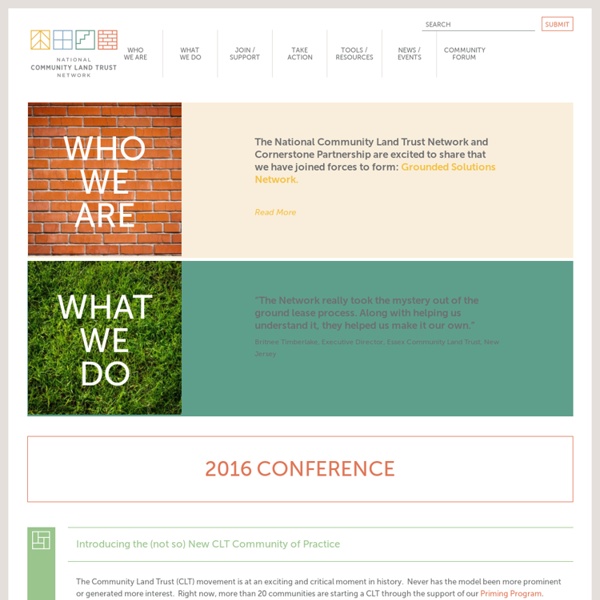



S Corporation An S corporation (sometimes referred to as an S Corp) is a special type of corporation created through an IRS tax election. An eligible domestic corporation can avoid double taxation (once to the corporation and again to the shareholders) by electing to be treated as an S corporation. An S corp is a corporation with the Subchapter S designation from the IRS. To be considered an S corp, you must first charter a business as a corporation in the state where it is headquartered. What makes the S corp different from a traditional corporation (C corp) is that profits and losses can pass through to the your personal tax return. Forming an S Corporation Before you form an S Corporation, determine if your business will qualify under the IRS stipulations To file as an S Corporation, you must first file as a corporation. to elect your corporation to become an S Corporation. Once your business is registered, you must obtain business licenses and permits. Combining the Benefits of an LLC with an S Corp
Limited Liability Company (LLC) A limited liability company is a hybrid type of legal structure that provides the limited liability features of a corporation and the tax efficiencies and operational flexibility of a partnership. The "owners" of an LLC are referred to as "members." Depending on the state, the members can consist of a single individual (one owner), two or more individuals, corporations or other LLCs. Unlike shareholders in a corporation, LLCs are not taxed as a separate business entity. Forming an LLC While each state has slight variations to forming an LLC, they all adhere to some general principles: Choose a Business Name. File the Articles of Organization. Create an Operating Agreement. Obtain Licenses and Permits. Hiring Employees. Announce Your Business. LLC Taxes In the eyes of the federal government, an LLC is not a separate tax entity, so the business itself is not taxed. LLCs that are not automatically classified as a corporation can choose their business entity classification. Single Member LLC.
Cooperative A cooperative is a business or organization owned by and operated for the benefit of those using its services. Profits and earnings generated by the cooperative are distributed among the members, also known as user-owners. Typically, an elected board of directors and officers run the cooperative while regular members have voting power to control the direction of the cooperative. Members can become part of the cooperative by purchasing shares, though the amount of shares they hold does not affect the weight of their vote. Cooperatives are common in the healthcare, retail, agriculture, art and restaurant industries. Forming a Cooperative Forming a cooperative is different from forming any other business entity. File Articles of Incorporation. Each state will have slightly different laws that govern a cooperative. Cooperative Taxes Most businesses need to register with the IRS, register with state and local revenue agencies, and obtain a tax ID number or permit. on how to file Form 1099-PATR .
About | CDS - Cooperative Development Services CDS provides organizational and developmental guidance to communities seeking to start new co-ops in all sectors of the economy and planning assistance to existing co-ops seeking to expand. The first cooperative development organization of its kind, CDS delivers business services to cooperatives and producer-owned businesses. We specialize in applying the cooperative business model and are innovative in applying this model to new sectors and emerging business ventures. CDS serves clients within any co-op sector, though we have particular skill and experience in those sectors related to agriculture, environmental stewardship, and community development. Our preferred clients are: CooperativesMembers of cooperatives or credit unionsGroups that want to form a cooperativeLLCs or group-owned businesses that operate under cooperative principles or that leverage cooperation as a business advantageNot cooperatives, but are sponsored by a cooperative